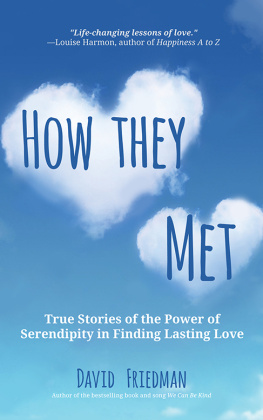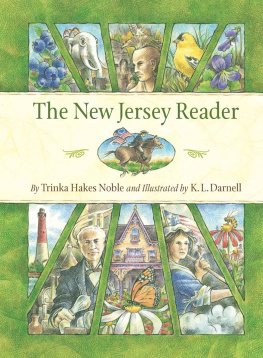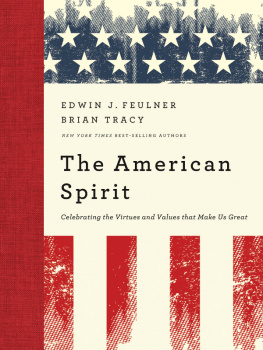JOHN ADAMS
Young Revolutionary
by Jan Adkins
ALADDIN PAPERBACKS
New York London Toronto Sydney Singapore
If you purchased this book without a cover, you should be aware that this book is stolen property. It was reported as unsold and destroyed to the publisher, and neither the author nor the publisher has received any payment for this stripped book.
Dear Reader:
The Childhood of Famous Americans series, seventy old in 2002, chronicles the early years of famous American men and women in an accessible manner. Each book faithful in spirit to the values and experiences that the person s development. History is fleshed out with fictionalized details, and conversations have been make the stories come alive to todays reader, but reasonable effort has been made to make the stories with the events, ethics, and character of their subjects.
These books reaffirm the importance of our American heritage. We hope you learn to love the heroes and who helped shape this great country. And by doing hope you also develop a lasting love for the nation them the opportunity to make their dreams come will do the same for you.
Happy Reading!
The Editors
JOHN ADAMS
Young Revolutionary
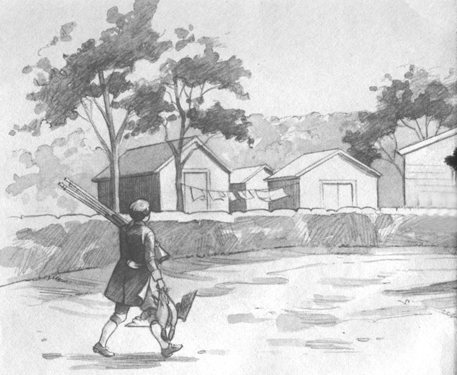
Illustrated by Meryl Henderson
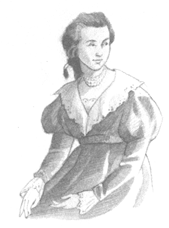
If you purchased this book without a cover, you should be aware that this book is stolen property. It was reported as unsold and destroyed to the publisher, and neither the author nor the publisher has received any payment for this stripped book.
First Aladdin Paperbacks edition June 2002
Text copyright 2002 by Jan Adkins
Illustrations copyright 2002 by Meryl Henderson
ALADDIN PAPERBACKS
An imprint of Simon & Schuster Childrens Publishing Division
1230 Avenue of the Americas
New York, NY 10020
www.SimonandSchuster.com
All rights reserved, including the right of reproduction in whole or in part in any form.
Designed by Lisa Vega
The text of this book was set in New Caledonia.
Printed in the United States of America
2 4 6 8 10 9 7 5 3
LCCN available from the Library of Congress
ISBN 0-689-85135-9
ISBN 13: 978-0-689-85135-3
eISBN 13: 978-1-439-11336-3
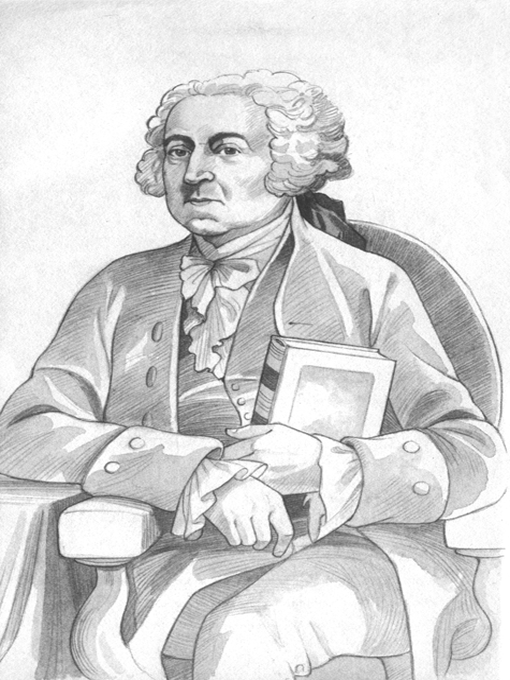
ILLUSTRATIONS
CONTENTS
The Marsh
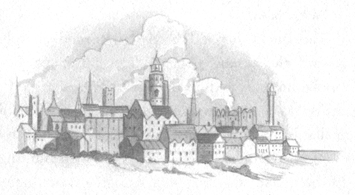
John Adams was hiding. He was under a bundle of reeds next to a little marsh island and a flock of ducks. They werent real ducks. They were painted wooden ducks John had carved out of cedar and pine. He hoped that real ducks would see them and think this marsh was a good place for a rest and some food. He struggled to be quiet and patient, but John was worse than almost anybody in Massachusetts at silence and patience.
Then the ducks came. John threw off the reeds just as the ducks skimmed in for a landing.
Tick, boom!
The sound of his flintlock shotgun rolled across the marsh. He picked up the other shotgun and fired again.
Tick, boom!
The ducks flapped hard and turned sharply toward the ocean, gone. White, bitter powder smoke hung over the water in front of the reeds, drifting across the wooden ducks and the two dead mallards floating near them. John laughed and shouted, Ducks for dinner! He loved hunting in the marsh, shooting well, bringing down game for the table. The Adams family would eat roast duck the next night.
He threw the rest of the reeds off his boat. It was a little, squat boat shaped like a pumpkin seed. It had taken John and his friends Tom Bass and Tim Quincy far out into Massachusetts Bay to watch finback whales rolling and blowing their way north. It had taken them up the big outer harbor and around the city of Boston, up into the Charles River behind it. It was their adventure boat.
There, now, put both shotguns down here where the spray wont rust them. Cover them over, just so, he told himself. He was careful about the shotguns. They were dangerous and precious. They were important to his whole family.
He paddled the pumpkinseed boat out of the reeds and picked up the decoys, one by one. Good work, my boys, he told the wooden ducks. Attached to each decoy was a tarred string tied to a stone, so it wouldnt float away. He wrapped the string carefully around each duck so he could float his wooden flock again without tangles. He arranged them all in a big canvas bag and shoved them up under the forward deck of the boat. John liked things laid out neat.
Well, my oh my, he said as he picked up the dead ducks. My oh my, you are beautiful, arent you? Im sorry to bring you down, you beauties, but we do love duck. Why, if you ever tasted my mothers duck gravy, you wouldnt mind at all, I assure you. Their whites and blacks and greens were so clean and bright. He looked at the ducks in the way any good hunter looks at his game: a little sadly, a little proudly. He felt strangely connected to the ducks. He wanted to thank them.
John had Ponkapoag Indian friends. In the summer when their tribe fished and dug clams at the seashore, hed seen old men return the clamshells and fish bones to the water after the tribe had eaten. Old Amos Ahanton had scattered them while speaking in the Ponkapoag language. John asked his friend Hezakiah what he was saying.
Hes thanking them for the food. Telling them how delicious they were. Asking them to come back again and feed us.
John felt that way about the ducks too.
He raised the boats stumpy mast and set its sail. John sat in the stern and held the tiller to steer. He swung the boat around a shoal of grasses and into the deeper water of the inlet and headed for home.
Behind him, beyond the dunes and tidal flats to the north, was the great city of Boston, where as many as ten thousand people lived. To Johns left, eastward across the marsh, were Massachusetts Bay and the Atlantic Ocean. To his right, lumpy on the western horizon, were the Blue Hills. Beyond them lay the deep, untraveled wilderness of America. John had heard some folks say that a squirrel could start in the maple and spruce woods of those hills and travel from tree to tree all the way to the fabled Mississippi River without ever touching ground.
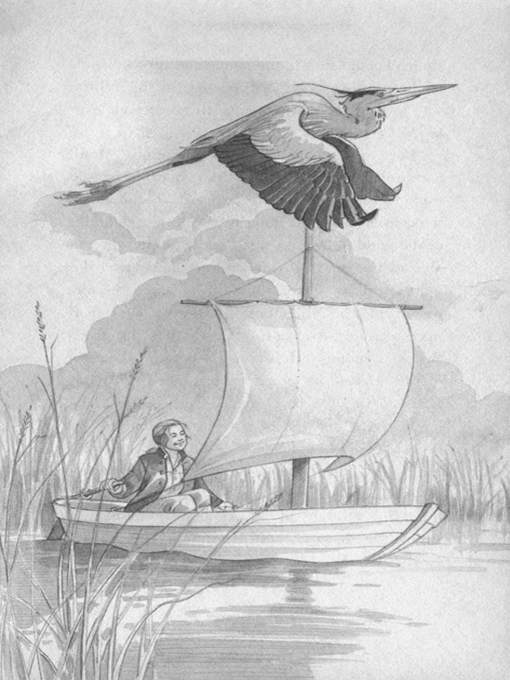
Far enough and shallow enough, John announced. Pushing the tiller over hard, he brought the boat up into the wind. It stopped as the canvas sail flapped noisily without the shoulder of the wind in it. John stood and wrapped the sail around the mast. He tied it snug and lifted the mast out of its socket, sliding it up under the forward deck, then drew out a push-pole. He pulled up the centerboard and poled the boat up Town Brook. Standing with his head just below the level of the grasses, he poled up through the Adams farm, all the way to a sandy turn near the town landing. He tied the boat up to its stake at the brooks edge and unloaded the next days duck dinner and the shotguns. He laid the guns with the powder horn and the shot bag on his coat to keep them dry, and tied an old, patched square of canvas over the open cockpit. He squinted toward the North.




